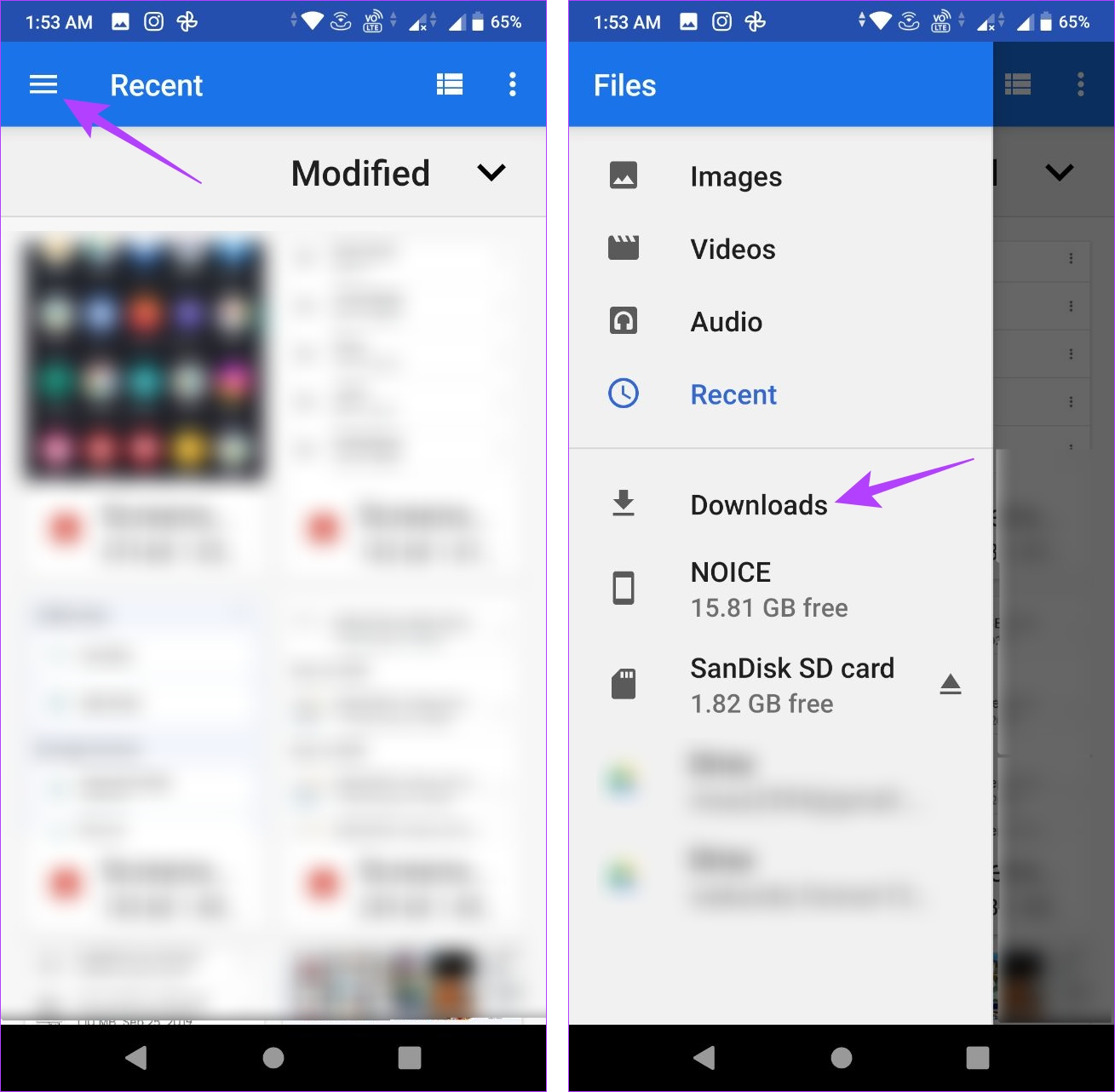The smart Trick of downloads on android tablet That No One is Discussing
The smart Trick of downloads on android tablet That No One is Discussing
Blog Article
Locating downloaded files on your Android device can be a challenge. With ease, your phone can swiftly end up being littered with photos, video clips, screenshots, and other data. To liberate room on your tool, it's necessary to keep an eye on where your downloads are conserved. In this manner, you can conveniently identify and delete unnecessary documents.

This overview reveals you exactly how to find an vital documents that vanished and exactly how to organize your Downloads folder. Here's just how to find downloads on your tool, whether you make use of among the very best Google Pixel phones or another Android smartphone.
Locate your downloads with the default file supervisor
Each smartphone producer may supply a somewhat various built-in Android app for documents administration, however your experience should be similar. If you have a Samsung phone, refer to our tutorial, which shows how to find downloads on your Samsung Galaxy phone.
Similar to various other preferred operating systems, Android has a marked Downloads folder for storing documents. To find your downloaded documents on your gadget, comply with these steps:
1. Open up the Documents or My Data app from the home display or app drawer.
2. Look for a area called Downloads.
3. Tap it to view the data you downloaded.
Utilize the Files by Google application for your downloads
Numerous Android documents manager applications on the Google Play Store allow you to situate your downloaded files. Data by Google is one of the most effective options if you do not wish to manage complex UIs. It's also a great replacement for any kind of default file manager application preinstalled on your gadget.
4. Open up the Data app.
5. Select the Browse tab at the bottom.
6. Faucet Downloads.
7. Select the Download tab to see the files in that folder.
Situate your downloads manually
Browse to your phone's interior storage space if you can't discover the storage space place of the Downloads folder on the homepage of your documents manager application. Right here's just how you do it:
1. Open up the Files app.
2. Select the Browse tab at the bottom.
3. Scroll down and go to Interior storage space.
4. Touch the Download folder.
Relocate your downloads to an additional area
Relocating files away from the Downloads folder is useful for several reasons, particularly for documents having personal or individual info. Putting these files into their folder maintains them protected and makes it difficult to remove them inadvertently. It also prevents them from getting hidden and mixed with the other random data you download and install.
1. Open the Files app.
2. Navigate to your Download folder.
3. Tap the three-dot menu to the right of any file.
4. Choose the Move to option.
5. Tap downloads for android apps Internal storage at the bottom.
6. Select any location or folder.
7. Tap Move here to transfer the file to that location.
Additionally, you can utilize the Copy to feature and transfer these files to a different location. This enables you to create numerous copies without deleting the original files from your Download folder.
View the exact location of your downloadsM/b >
You may want to see the location of the Download folder for various reasons from time to time. Tap the three-dot menu next to one of your downloaded files and go to File info. The/ storage/emulated/0/ Download path is the default for many modern Android devices. Some third-party web browsers might save files to a different folder, but this should be the location for most downloads.
Managing your downloads is easier than you think
Google's Files app is a great option if you prefer simplicity in a file manager. It has a clean UI and easy-to-use features. The app neatly organizes your documents by file types like downloads, images, videos, and audio. It also offers to clear junk files.
Speaking of tidying up, you can free up more storage space by learning how to delete unwanted WhatsApp media files. You can install an SD card on some Android devices if you're still short on space.
Report this page